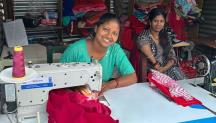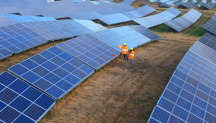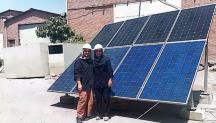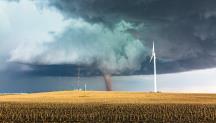

-
-
IRENA (2014), REmap 2030: A Renewable Energy Roadmap, Summary of Findings, June 2014. IRENA, Abu Dhabi. www.irena.org/remap
Copied
/-/media/Files/IRENA/Agency/Publication/2014/IRENA_REmap_summary_findings_2014.pdf
Copied
REmap 2030: Summary of findings (June 2014)
Newsletter
This Summary of findings is available in English, Spanish (Español), Arabic (عربي), Chinese (中文) and French (Français).
REmap 2030 provides a plan to double the share of renewable energy in the world’s energy mix between 2010 and 2030. It determines the realistic potential for countries, regions and the world to scale up renewables in order to ensure a sustainable energy future.
The International Renewable Energy Agency (IRENA) published this updated summary of findings in June 2014, along with the full report. An initial summary of findings was released in January 2014.
- The global renewable energy share can reach and exceed 30% by 2030. The technologies are already available today to achieve this objective. Energy efficiency and improved energy access can advance the share of renewables in the global energy mix to as much as 36%.
- Carrying on with current plans will only result in an increase of this share from 18% in 2010 to 21% by 2030.
- As the use of traditional biomass decreases, the share of modern renewables will expand rapidly, potentially tripling by 2030. But given the continued growth of energy demand, this requires the quadrupling of modern renewable energy in absolute terms.
- The accelerated deployment of renewables needs to take place across all sectors of energy use: buildings, transport and industry, as well as electricity.
- The transition to higher shares of renewable energy is possible at negligible cost. The economic case is even stronger when socio-economic benefits are taken into account: switching to renewable energy would result in savings of up to USD 740 billion per year by 2030.
- The deployment of renewable energy can reduce annual CO2 emissions by 8.6 Gt by 2030. Such emissions savings, combined with gains from energy efficiency, would be sufficient to set the world on a path to preventing catastrophic climate change.
Further information and continual updates on the analysis are available through IRENA’s REmap 2030 web portal.




